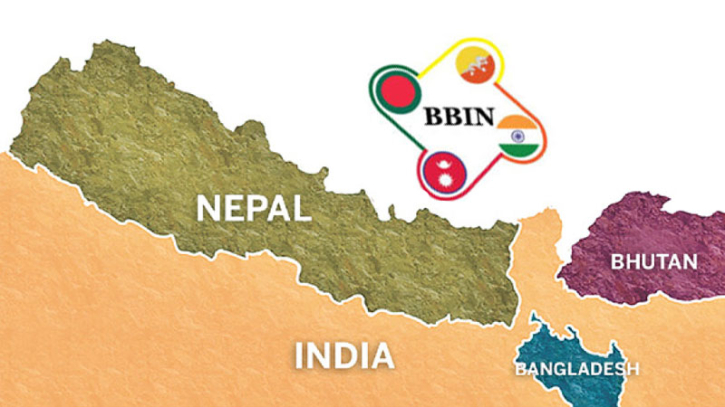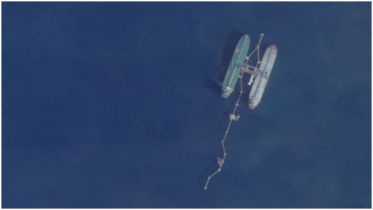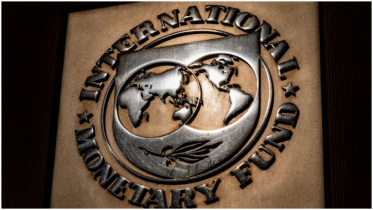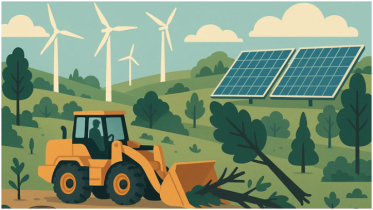SUBCONTINENTAL DRIFT
Beyond acrimony and acronyms to accrual
Can the BBIN prove itself a model for regional cooperation?

Here’s an example of mostly seamless transit that could make some South Asian countries salivate as they dream of economic benefit.
On May 1, a freight train rolled out of Chengdu in southwestern China on its way to Port Klang, the busy port and transport hub in Malaysia southwest of Kuala Lumpur. As you read this, the train, carrying 30 container-loads of LCD monitors and electric vehicles, will have tracked through Lao, cut across first the width of Thailand and then much of its length down the Kra Isthmus, to cross over into Malaysia.
The scheduled eight-day journey of what is billed as an “express freight train” will have halved the usual time by railway from Chengdu to China’s southern Qinzhou port, and then a “multi-modal” voyage to Port Klang. This is a quick ramping up from an experimental freight-train run in June 2023 from Chongqing, not far from Chengdu, to transit via Lao and Thailand to reach Padang Besar just across the border in Malaysia.
It’s the sort of near-seamless transit China is steadily pushing to more easily, and with less risk and cost, connect central and southern China to much of Southeast Asia. Alongside, China is pushing for the region to adopt its railway gauge. Where it’s still inoperative, such as from Laos’ capital Vientiane onward through to Thailand and then Malaysia, China is simply transitioning cargo from one gauge to another while an intended future remains work in progress.
Alongside, visa and travel regimes between China and several of its southeast Asian neighbours have been greatly, and mutually, simplified. In some ways, despite several hiccups in China’s relations with several members of Asean -- or the Association of Southeast Asian Nations -- primarily over borders and territorial claims and command-and-control of the South China Sea, this sub-regional engagement of China is an increasingly robust enterprise.
Generally, it’s the sort of seamless transit that some South Asian countries, particularly Bangladesh and Nepal, would like to see between the four countries that make up the sub-region of Eastern South Asia -- Bangladesh, Bhutan, India and Nepal. BBIN, reflecting the first letters in the name of the four countries, has existed as a formal South Asian sub-grouping since 2015 as a way to bolster regional ties away from procedural logjams of Saarc, or the South Asian Association for Regional Cooperation that is near-fatally stung with the poison of Pakistan-India animus and, as a crucial sub-plot, India’s deep suspicion of China. Pakistan and China are of course two neighbours with which India has for long battled through formal and informal wars.
BBIN was predicated on seamless road transportation with a tom-tommed motor vehicles agreement between the four countries, declared at a meeting of their transport and communications ministers in Thimphu in June 2015. Significantly, India is the only country that shares borders with the other three in BBIN; and within this grouping, B, B, and N share borders only with I, not each other. By default, India remains both the potential deal-maker and the deal breaker.
The so-called MVA was wide-ranging. “This, in turn, would enable the exchange of traffic rights and ease cross-border movement of goods, vehicles, and people, thereby helping expand people-to-people contact, trade, and economic exchanges between our countries,” the BBIN declaration read. “We will endeavour to accelerate the preparatory steps for the effective and sustainable implementation of the BBIN MVA, starting with the formulation, negotiation, and finalization of the necessary legal instruments and operating procedures.”
Protocols for the MVA would be in place within August that year, the meeting declared. Protocols to actualize the MVA -- bilateral, trilateral, quadrilateral treaties, for instance -- would begin earlier, in July and end, quite ambitiously, that September. “Installation of the prerequisites for implementing the approved agreements (eg IT systems, infrastructure, tracking, regulatory systems)” would be in place by December 2015. Effectively, riding on protocols being in place, “staged implementation” would begin from October 2015.
It’s now 2024. BBIN’s vision remains largely bilateral -- trilateral when it comes to transhipment of goods, say, between Nepal and Bangladesh or Bhutan and Bangladesh, in both instances via India. Even with intent declared with fanfare, the truth is that Nepal, Bhutan and Bangladesh have to negotiate with an increasingly muscular India that isn’t shy to flex its regional muscle, to deal with each other. Trilateral deals that require transmission of electricity from Nepal to Bangladesh, or Bhutan to Bangladesh, in both instances using Indian territory, are cases in point.
As a BBIN sideshow, India and Bangladesh have greatly boosted trade and transhipment links, the latter with Indian goods being permitted to use Bangladeshi territory to travel from the so-called “Mainland” to “Northeast India” and vice-versa.
Seamless travel largely remains a bilateral enterprise between India and Nepal and India and Bhutan. The only way citizens of Bangladesh can seamlessly reach Nepal and Bhutan is by air. Travel by road necessitates an Indian visa for Bangladeshi citizens. Issuance of an Indian visa remains a greatly cumbersome process even with several logistical improvements. The visa regime between India and Bangladesh remains a major irritant in their bilateral relations despite every official protestation to the contrary.
India isn’t the only issue in BBIN. The four-nation plan stalled with Bhutan’s government refusing in 2017 to ratify the agreement on account of popular and political pushback -- but Bhutan did indicate that the other three countries could, meanwhile, go ahead with their negotiations and completions. Bhutan has attended subsequent BBIN meetings as an observer.
Besides, as a 2023 status report by ESCAP -- or the Economic and Social Commission for Asia and the Pacific -- and India’s Ministry of Road Transport and Highways indicated, various issues like border points, type of vehicles, “traffic volumes,” initiating and streamlining of online portals, various fees, insurance claims, and so on, remain unresolved.
A work-in-progress meeting in Dhaka in early March 2024 to take ahead the implementation of the motor vehicles agreement offered renewed hope, although “implementation” is a fraught word in this context as the previous such meeting took place two years earlier, in New Delhi.
There was also an indication, as claimed by Bangladesh foreign ministry officials -- and, as reported by Dhaka Tribune at the time -- that Bhutan was actively considering taking its ratified and full place in the four-country MVA. Bhutan’s new push to expand its development and economic footprint within the country and regionally, especially with announcement late last year of plans for the hugely ambitious Gelephu Mindfulness City in the country’s south (See the Subcontinental Drift column, Bhutan: Being mindful of the future, 18 March 2024) lends credence to these claims.
In all of this, the short point is application and speed. And India’s unfettered regional and sub-regional investment in letter and spirit.
The obverse is crystal: China’s relatively unfettered, and increasing investment in South Asia in general and BBIN’s sub-region in particular. India’s key competitor has steadily enhanced its overall participation and presence in Nepal and Bangladesh, from trade to infrastructure.
But India shouldn’t need China to carry BBIN to its fullest expression. India’s often repeated but not always practiced “Neighbourhood First Policy” provides all the GPS guidance, so to say, that is required.
Writer: Sudeep Chakravarti, Director, Center for South Asian Studies at University of Liberal Arts Bangladesh.
Source: Dhaka Tribune.
.png)




